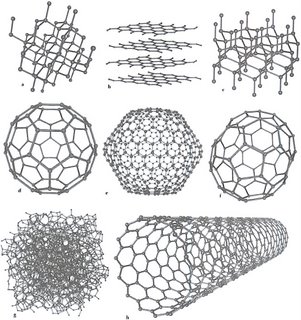The phrase of course stuck in my mind. Who is the clockmaker. I was more at ease with what Einstein quote spoke about with regards to the fourth dimension and here, thoughts of Dali made their way into my head.I see a clock, but I cannot envision the clockmaker. The human mind is unable to conceive of the four dimensions, so how can it conceive of a God, before whom a thousand years and a thousand dimensions are as one?
Crucifixion (Corpus Hypercubus) - oil painting by Salvador Dalí
- From Cosmic religion: with other opinions and aphorisms (1931), Albert Einstein, pub. Covici-Friede. Quoted in The Expanded Quotable Einstein, Princeton University Press; 2nd edition (May 30, 2000); Page 208, ISBN 0691070210
The watchmaker analogy, watchmaker fallacy, or watchmaker argument, is a teleological argument. By way of an analogy, the argument states that design implies a designer. The analogy has played a prominent role in natural theology and the "argument from design," where it was used to support arguments for the existence of God and for the intelligent design of the universe.I have always shied away from the argument based on the analogy, fallacy and argument, as I wanted to show my thoughts here regardless of what had been transmitted and exposed on an objective level argument. Can I do this without incurring the wrought of a perspective in society and share my own?
The most famous statement of the teleological argument using the watchmaker analogy was given by William Paley in his 1802 book. The 1859 publication of Charles Darwin's theory of natural selection put forward an alternative explanation for complexity and adaptation, and so provided a counter-argument to the watchmaker analogy. Richard Dawkins referred to the analogy in his 1986 book The Blind Watchmaker giving his explanation of evolution.
In the United States, starting in the 1960s, creationists revived versions of the argument to dispute the concepts of evolution and natural selection, and there was renewed interest in the watchmaker argument.
I mean even Dali covered the Tesseract by placing Jesus on the cross in a sense Dali was exposing something that such dimensional significance may have been implied as some degree of Einstein's quote above? Of course I speculate but it always being held to some idea of a dimensional constraint that no other words can speak of it other then it's science. Which brings me back to Einstein's quote.
So for me it is about what lays at the basis of reality as to question that all our experiences, in some way masks the inevitable design at a deeper level of perceptions so as to say that such a diagram is revealing.
I operate from this principal given the understanding that all experience is part of the diagram of the logic of a visual reasoning in which such examples are dispersed upon our assessments of the day. While Einstein spoke, he had a reason from which such quote espoused the picture he had in his head?
Also too if I were to deal with the subjectivity of our perceptions then how could I ever be clear as I muddy the waters of such straight lines and such with all the pictures of a dream by Pauli? I ask that however you look at the plainness of the dream expanded by Jung, that one consider the pattern underneath it all. I provide 2 links below for examination.
This page lists the regular polytopes in Euclidean, spherical and hyperbolic spaces. Clicking on any picture will magnify it.
The Schläfli symbol notation describes every regular polytope, and is used widely below as a compact reference name for each.
The regular polytopes are grouped by dimension and subgrouped by convex, nonconvex and infinite forms. Nonconvex forms use the same vertices as the convex forms, but have intersecting facets. Infinite forms tessellate a one lower dimensional Euclidean space.
Infinite forms can be extended to tessellate a hyperbolic space. Hyperbolic space is like normal space at a small scale, but parallel lines diverge at a distance. This allows vertex figures to have negative angle defects, like making a vertex with 7 equilateral triangles and allowing it to lie flat. It cannot be done in a regular plane, but can be at the right scale of a hyperbolic plane.
See Also:


















